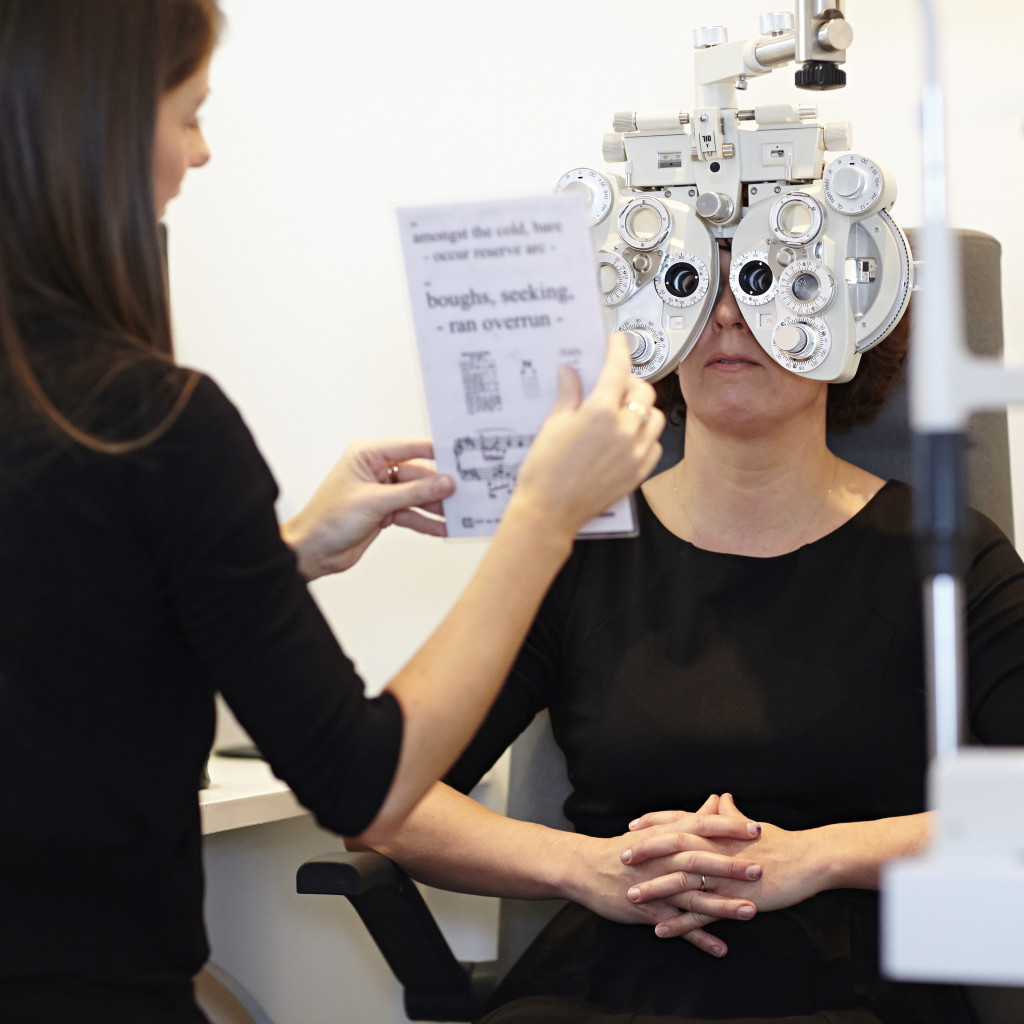How does Laser Eye Surgery work?

It sounds like something that pops up on a computer screen when it’s malfunctioning. But as they are built into our hard drives, or bodies, from the beginning, a refractive error isn’t something we can necessarily avoid.
Pretty much everyone has the makings of a refractive error. This means that to some degree or another, there is a problem with your eye’s ability to accurately focus light on the retina.
However, although such discrepancies are more common than not, they don’t affect everyone to the same degree. When they are prominent enough to cause you problems, they can be generally categorised into four common refractive errors: myopia, hyperopia, astigmatism, and presbyopia.
It may be that your vision is much better at seeing objects up close as in myopia, or best at seeing objects at a distance as in hyperopia, or that you have difficulty with both as in astigmatism.
What glasses or contact lenses do is adjust your vision according to your prescription based on the above categories. This is a great way to temporarily adjust your vision to a higher standard.
What Laser Eye Surgery does, however, is take this vision correction one step further. Rather than adjust your vision according to generalised categories, it examines them in incredibly fine detail and treats it on the basis that it is unique.
Rather than applying an external lens on top of your own, it then uses a laser on the surface of the eye to change its shape and alter the curvature which causes the irregular bending.
The result is that your eye is able to focus light in such a way that it reaches the retinal plane in a precise and proper manner.
The eye: the world’s first camera
The main function of the eye is to focus light. In this way, it works much in the same way as does a camera in capturing an image.
If you think of your eyes as a camera built into your face, the cornea, the transparent window on the surface of your eye, would be the lens system and the retina, the thin layer of tissue that lines the back of the eye, the strip of photographic film.
The cornea thus provides most of the focusing power. In an absolutely perfect functioning eye, which is rare, the cornea focuses light rays precisely onto the retina, or strip of film, at the back.
Instead of ending up with a polaroid or digital image, though, the retina processes the light into impulses which are then sent through over a million nerve fibres to the optic nerve, resulting in your own unique picture of reality.
In this perfect eye, its internal lens system fine-tunes light so you can both see clearly enough to read fine print and see objects hundreds of meters away. When you have a refractive error, though, light rays bend and don’t form a sharp, focused point on the retina.
As mentioned above, this can affect your vision in numerous ways. On a structural level, what this means is that there is a problem with the length or shape of the eye.
Any operation that corrects the focusing of the eye is called refractive surgery. Laser Eye Surgery is simply a form of refractive surgery that uses a beam of ultraviolet light to reshape your cornea and adjust your lens system. Altering the curve of your cornea allows light to be focused exactly how it should be on the retina.
Altering the eye with Laser Eye Surgery is like changing the lens on a camera
In the short video below, expert laser eye surgeon Mr Glenn Carp explains how Laser Eye Surgery works by changing the shape of the surface of the eye to alter the refractive error.
Laser Eye Surgery is the world’s most common planned surgical procedure. The most popular method of which is LASIK, a procedure carried out on more than 90 percent of Laser Eye Surgery patients.
To carry out LASIK, a device called a microkeratome is used to create an incredibly thin flap in the epithelium (the skin of the cornea), about a tenth of a millimetre thick. The surgeon then lifts this corneal flap back on a hinge and uses the laser to sculpt the bed of the cornea, fixing any irregularity present.
LASIK can flatten the cornea to correct short-sightedness, make it steeper for long-sightedness, and create better symmetry to correct astigmatism. When the surgeon returns the corneal flap back to its original position, the eye takes on this new shape — just like how a camera accepts an upgraded lens.
As such upgrades are well accepted by the eye, the healing process following surgery is surprisingly short. In the vast majority of patients, the skin of the epithelium automatically seals the corneal flap within hours of surgery, without them feeling a thing.
Patients therefore notice a significant improvement in their vision immediately — the “wow” effect — while feeling little to no discomfort as their eyes continue to heal over the following days and weeks.
This rapid recovery time means most patients are back at work the day after Laser Eye Surgery. And like trading in a polaroid for a brand new top-of-the-line HDSLR camera, they’re fully able to go out and enjoy their new and improved view of the world.
If you’d like to find out more about the procedure or book a consultation at London Vision Clinic, leave us a comment or give us a call us on 020 7224 1005.


